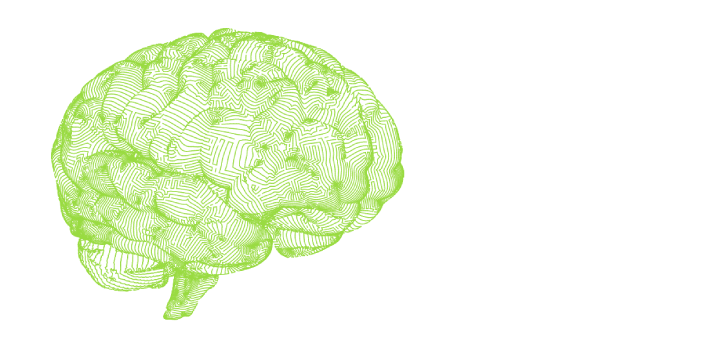


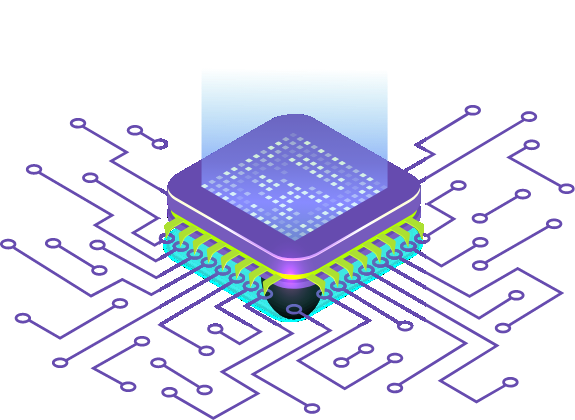
Neurostimulation has become increasingly relevant as a accepted means to treat a wide variety of different neurological disorders. Drug resistant psychiatric disorders, such as depression and OCD, and movement disorders, including Parkinson’s disease, are some of the notable afflictions with government approved therapies available. As such, the associated hardware devices and surgical procedures have advanced considerably.
Despite these improvements, the algorithms that govern how stimulation is applied haven’t changed in well over half a century. Current neurostimulation methods are simplistic, not patient-specific, and manually modulated by a clinician. As such, patient outcomes are highly inconsistent, with around 30% or more of individuals experiencing no response to the therapy for most targeted conditions.
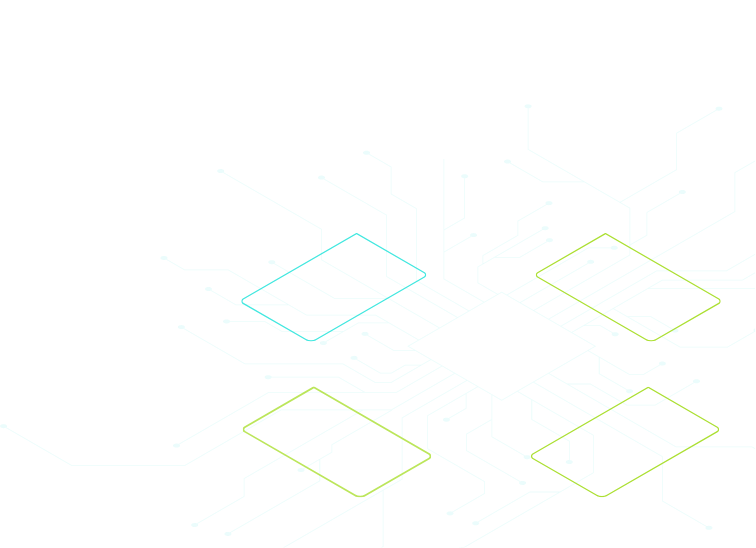
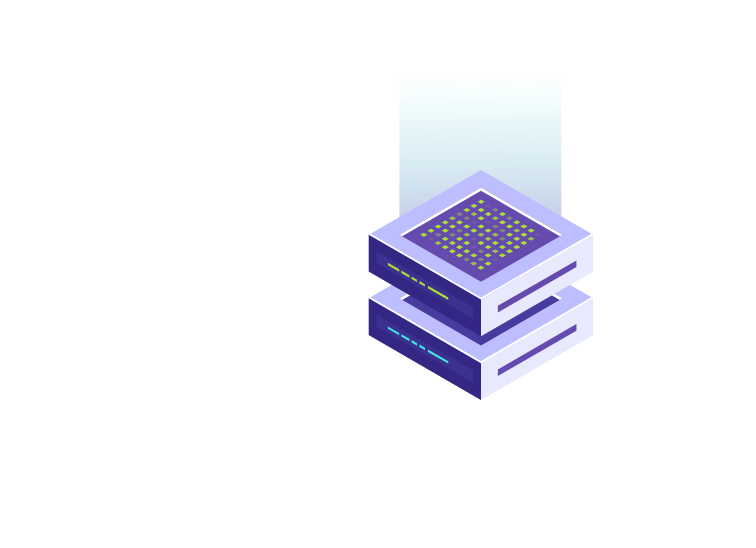
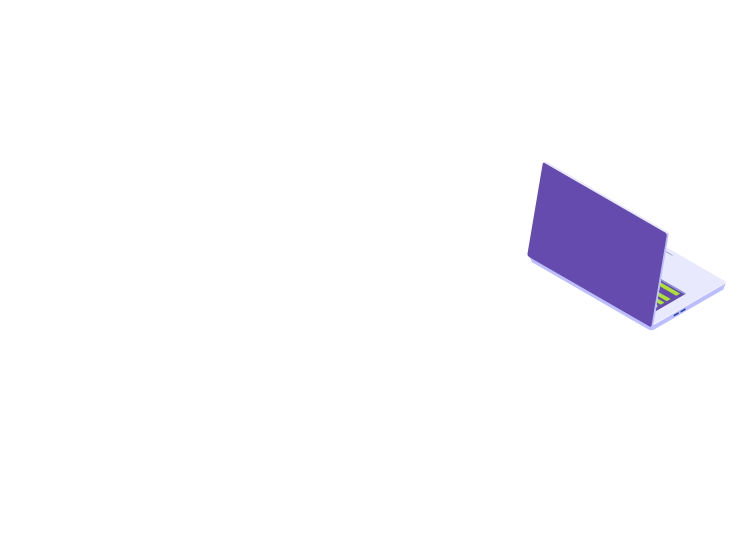
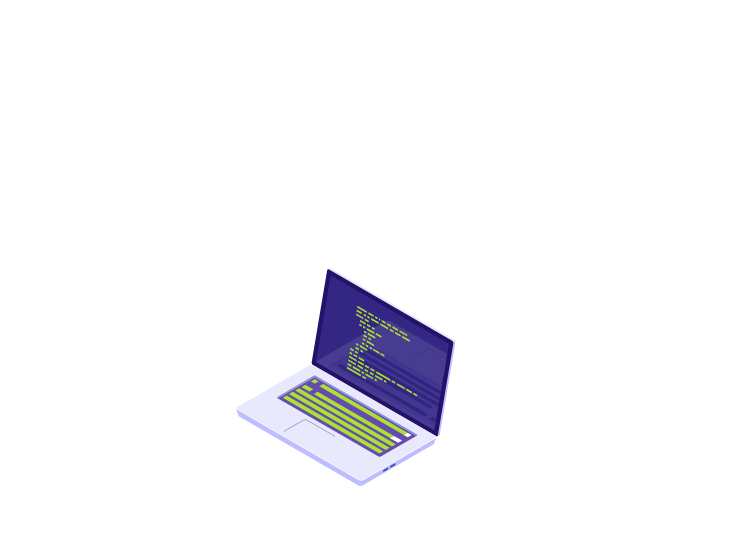


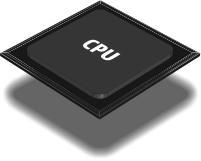
At RyvivyR, we design statistical models and machine learning methods specialized for analyzing and interpreting neural data, as well as controlling neural responses in real-time. Our approach is robust, ensuring specific patient-to-patient nuances are accounted for, gearing up for the next generation of individualized neurostimulation treatment.
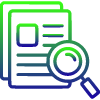
Our proprietary software is installed on existing invasive and non-invasive stimulation devices, set up in closed-loop with a neural recording device. These algorithms modulate the applied stimulus administered by the hardware in real-time based on the everchanging pattern of neural activity recorded from the brain. Stimulation can be applied to escape a pathological pattern of neural activity, while simultaneously building a map of the electrical activity pattern that can be readily saved for evaluation of prognosis.

Disorders of consciousness (DOC) are a class of disorders that inhibit a victim's wakefulness and or self-awareness. They often arise from a traumatic brain injury (TBI), resulting in coma, vegitative states, and minimally conscious states, as well as from complications due to general anesthesia. The latter preventing a victim to properly wake up or to suffer from post operative delirium. Traditional treatments are often ineffective. With a 5% success rate at best.

When testing new pharmaceuticals, researchers will often compare attributes (biomarkers) between sets of diseased and healthy cell-cultures/organoids to then see if the drug in question alters the diseased group closer to the healthy group in terms of these biomarkers. However, for many diseases (Schizophrenia, Sleep-Disorders, Dementia) the chosen biomarkers often differ from batch to batch and frequently do not translate well to the human brain.

It is well-accepted in neuroscience that the brain exists in a variety of states, represented by the patterns of electrical activity that are expressed by populations of neurons. Furthermore, brain function (cognition, perception, movement, sleep, etc.) is often the result of switching between these different states in time -- a phenomenon called metastability. Understanding these neural dynamics is the key to developing many future, personalized treatment options However, learning such dynamics is notoriously difficult, requiring more sophisticated tools to help researchers and clinicians.
It is our goal that with our combined efforts, yours and ours, we can further rid the world of disability, while continually learning about the neural processes that make us who we are.
